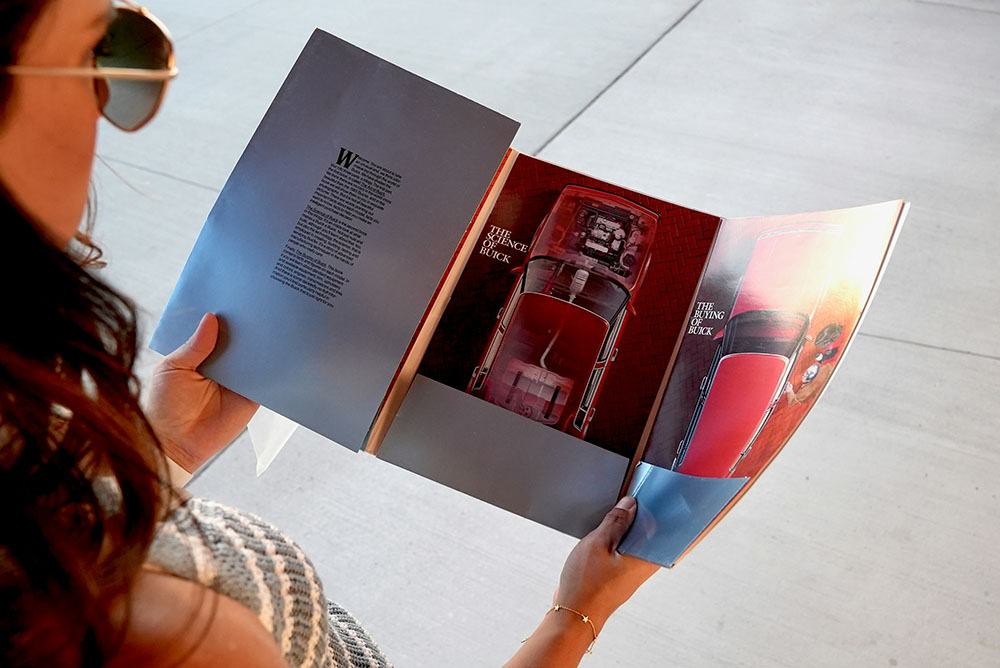What is a booklet and how many pages should it have

How Many Pages Should Your Booklet Have? A Practical Guide for UK Designers
Designing a booklet without first calculating the number of pages is a fast track to frustration. Whether you're creating a product catalogue, a training manual, or a brand book, knowing your page count upfront helps avoid layout issues, printing delays, and unnecessary costs.
So, how many pages should a booklet have? The short answer: it depends. But there are a few key rules and considerations that will help you plan effectively.
Minimum Page Requirements
To be considered a booklet (rather than just a folded leaflet), your design needs to meet a minimum page count — and this varies depending on the binding method and the type of psper you choose. An approximate guide:
| Binding Type | Minimum Pages |
| Stapled | 8 |
| Perfect Bound | 24 |
| Case Bound | 24 |
| Wire-O Bound | 10 |
If your design falls short of these numbers, it may be better suited as a leaflet or folded brochure.
Page Multiples: Why They Matter
Staple binding involves folding sheets of paper, which means your total page count must be divisible by 4. For example, one folded sheet gives you four pages — front, back, and two inside. If your design file isn’t a multiple of 4, your printer will likely add blank pages at the end to make up the difference.
Other types of binding can all be ordered with an even number of pages - if your design isn't an even number then an extra blank page will also have to be added.
.
Maximum Page Limits by Binding Type
Each binding method has its own upper limit. The type of material also can have an effect, but here’s a quick overview:
| Binding Type | Maximum Pages |
| Stapled | 64 |
| Perfect Bound | 400 |
| Case Bound | 400 |
| Wire-O Bound | 400 |
If your booklet exceeds these limits, you may need to switch to a different binding method or split your content across multiple volumes.
Match Page Count to Purpose
Your booklet’s purpose should guide your page count. Here are a few examples:
- Direct Mail: Keep it light and easy to post — 8 to 16 pages is ideal for showcasing new products or offers.
- Brand Book: Larger companies may need 52–64 pages to cover branding in detail. Smaller businesses can often manage with 20–32 pages.
- Trade Shows: For exhibition handouts, 12–24 pages works well for business overviews. If you're promoting just a few products, 8 pages may be enough.
- Training Manuals: These often require more space — consider 100–150 pages to cover procedures, policies, and visuals thoroughly.
Final Tips
Before you start designing, take time to:
- Confirm your binding method
- Calculate your ideal page count
- Choose a layout template that matches your print specs
Planning ahead ensures your booklet looks professional, prints smoothly, and delivers the right message to your audience.
Take a look at the YouLovePrint booklets page.




